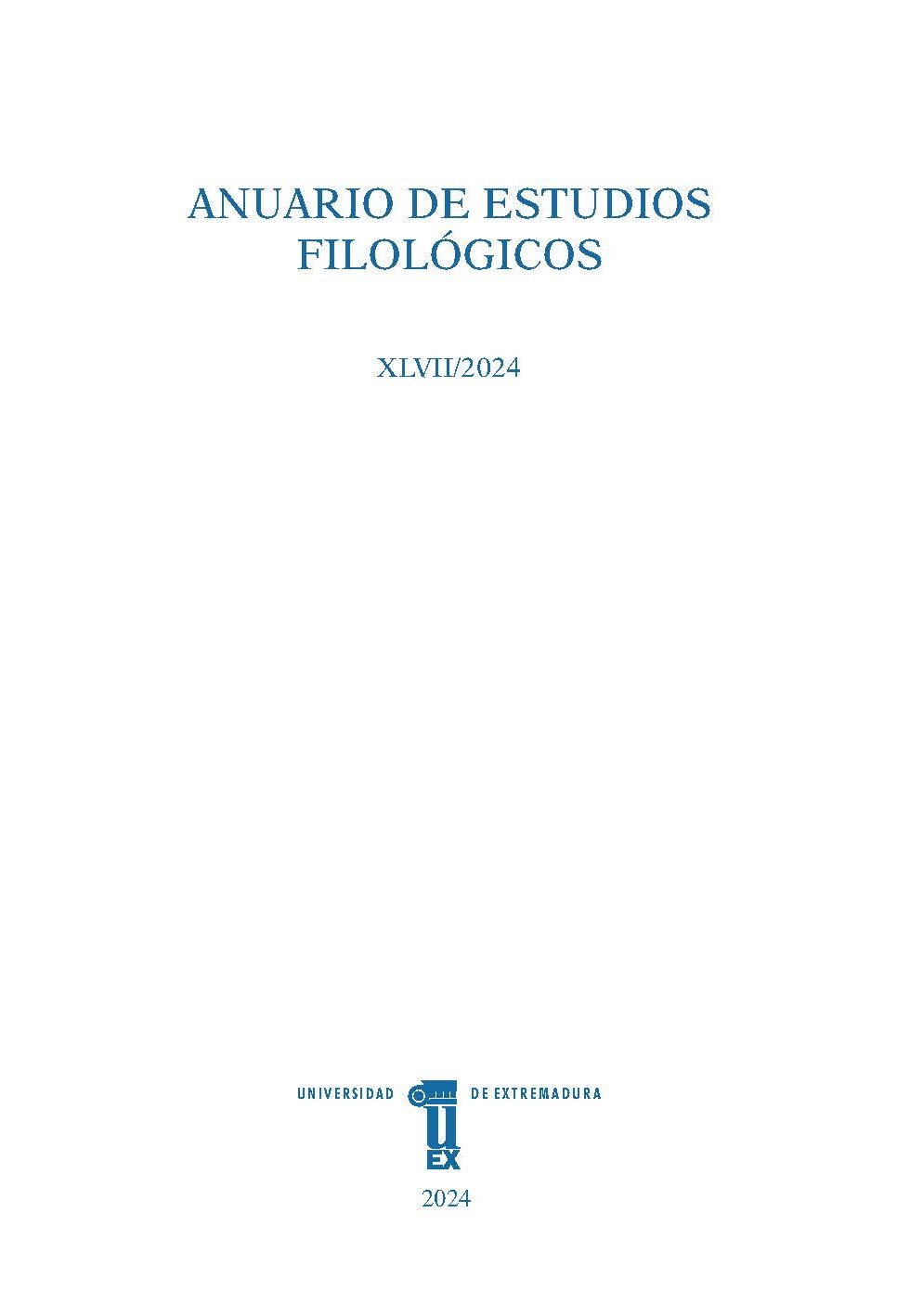Contemporary dimensions of ubi sunt?: the poetry of Álvarez Ortega
DOI:
https://doi.org/10.17398/2660-7301.47.143Keywords:
poetry, Álvarez Ortega, ubi sunt?, memoryAbstract
Ubi sunt? is a long-lasting topos that remains relevant in contemporary Spanish poetry, especially in the post-war era. In the case of Manuel Álvarez Ortega, it reinforces the elegiac tones: the end of passionate love, the decline of bodily vigor, the death of loved ones, the downfall of the household. In his social criticism works, ubi sunt? suggests that even injustices come to an end. The poet paves a path to overcome pessimism by valuing memory and the written poetry that captures it, thus avoiding the ultimate loss of love and experiences.
Downloads
References
BORELLO, Rodolfo A. (1967): «Para la historia del Ubi sunt». En Carrillo Herrera, Gastón (ed.): Lengua, Literatura, Folklore. Estudios dedicados a Rodolfo Oroz. Santiago de Chile: Editorial Universitaria, 81-92.
CULLELL, Diana (2012): «Cuerpos, sombras y ausencias en la poesía de Manuel Álvarez Ortega». La manzana poética, 32, noviembre, 31-40.
CURTIUS, Ernst Robert (1995): Literatura europea y Edad Media latina. Vol. I. México: F. C. E.
DÍAZ DE CASTRO, Francisco (2018): «El mundo poético de Álvarez Ortega». En Sánchez (2018: 23-46).
FERNÁNDEZ MARTÍNEZ, Sergio (2018): «Mi corazón derrama su escritura: Álvarez Ortega y la pregnancia del cuerpo como signo poético». En Sánchez (2018: 47-66).
FRIEDMAN, Lawrence J. (1957): «The Ubi sunt, the Regrets and Effictio». Modern Languajes Notes, 72, 499-505.
GILSON, Étienne (1932): Le idées et les letres. Essais d’Art et de Philosophie. París: Vrin.
LIBORIO, Mariantonia (1960): «Contributi alla storia dell’ ubi sunt?». Cultura neolatina, 20, 141-209.
LÓPEZ MARTÍNEZ, María Isabel (2008): El tópico literario. Teoría y crítica. Madrid: Arco Libros.
LÓPEZ MARTÍNEZ, María Isabel (2023): “Exilio de Álvarez Ortega en clave libro de viajes lírico”. Madrid: Devenir.
MERINO JEREZ, Luis (2011): «Reflexiones en torno al ubi sunt? en la Égloga I de Garcilaso de la Vega: fuentes clásicas y contemporáneas». En Antón, Beatriz y Muñoz, M.ª José (eds.): Estudios sobre florilegios y emblemas. Manet Semper virtus odosque rosae. Valladolid: UVA, 159-171.
MOLINA, César Antonio de (2004): «Desde otra edad. Manuel Álvarez Ortega». Revista de Libros, 1 de marzo.
MORREALE, Margherita (1975): «Apuntes para el estudio de la trayectoria que desde el ¿Ubi sunt? lleva hasta el “¿Qué le fueron sino...? de Jorge Manrique». Thesaurus, 30.3, 471-519.
SÁNCHEZ, Blas (ed.) (2018): Manuel Álvarez Ortega y su tiempo. Madrid: Devenir.
SILES, Jaime (1972): «Manuel Álvarez Ortega, el sentimiento del lenguaje». Fablas. Revista de poesía y crítica, 34-35, 11-13.



